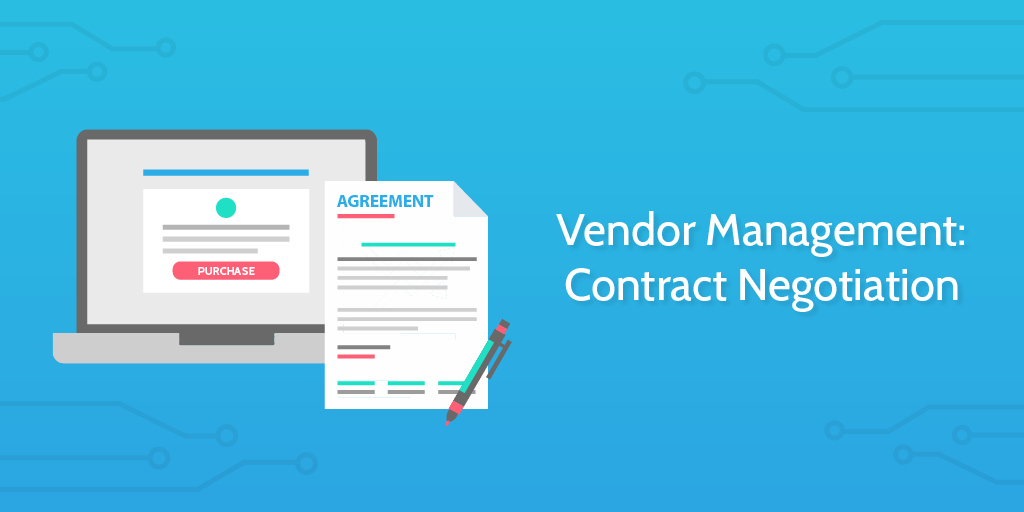Depending on the size, negotiating a contract with a vendor can take months of preparation — and even longer to hash out the details. In this process, you'll go through the steps of planning and negotiating a contract with a vendor. This includes communicating with contacts, gathering requirements, finalizing your needs and limitations, and then the actual negotiation itself.
For big deals, contract negotiations can waste or save millions of dollars. Use this process to track your progress throughout. It's especially useful if you're tracking multiple negotiations through the pipeline.



